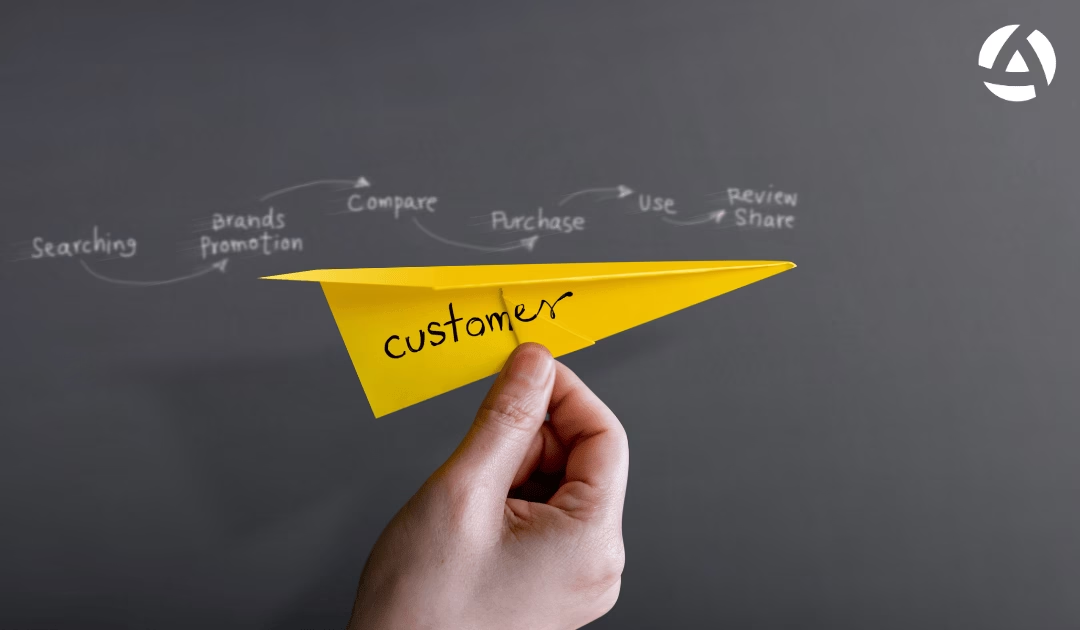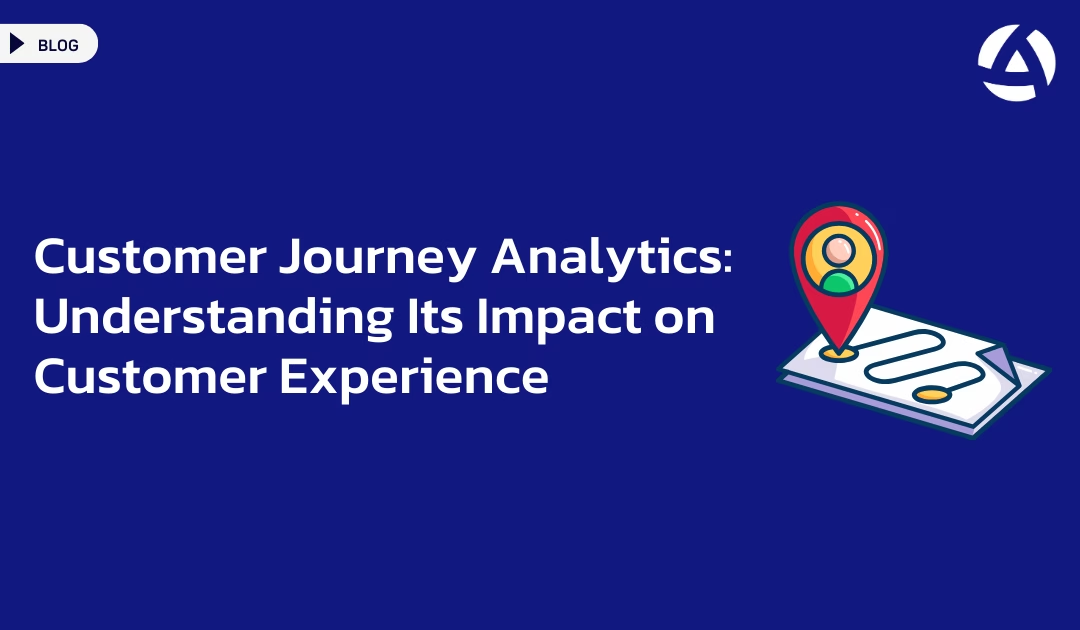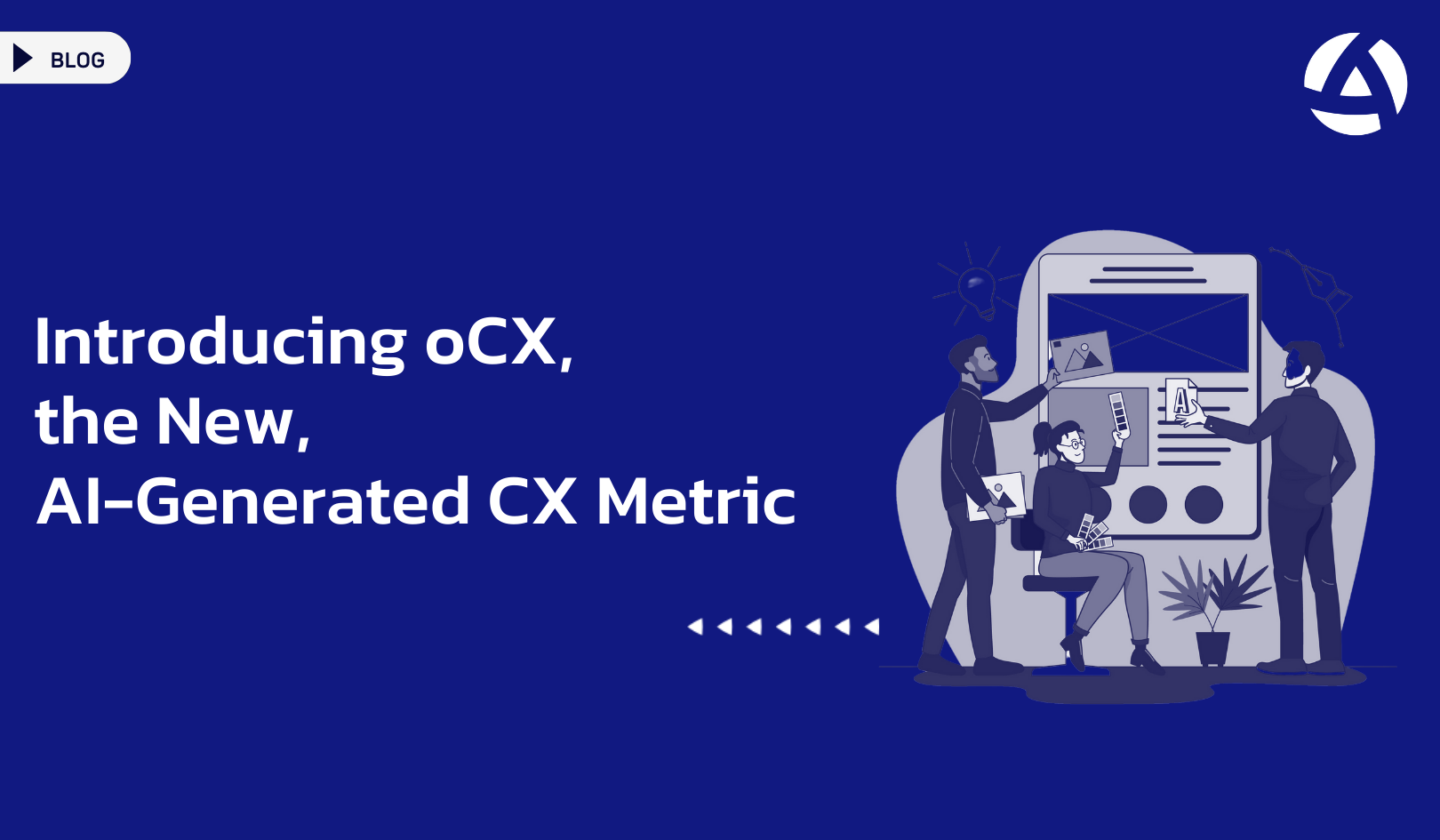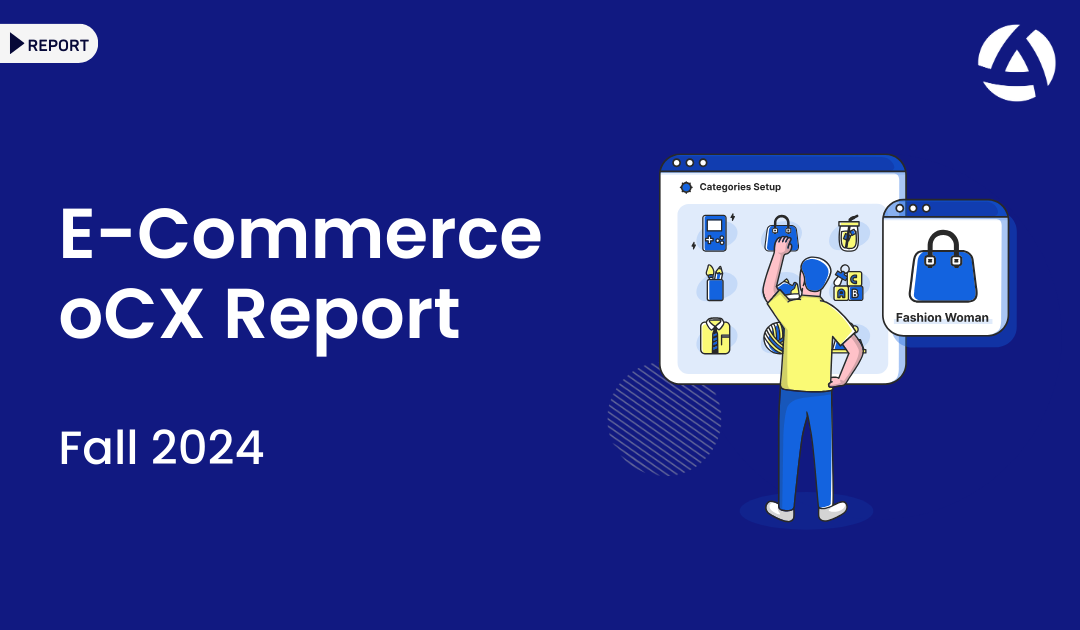Customer experience and customer journey analytics are closely interconnected, forming the backbone of successful businesses. By analyzing every touchpoint in the customer journey, businesses can identify areas for improvement and create a seamless experience that fosters loyalty and satisfaction. This article explores how customer journey analytics supports customer experience strategies and highlights steps to optimize both for lasting success.
The Role of Customer Journey Analytics
Customer journey analytics is a method of tracking, analyzing, and optimizing the paths customers take as they interact with your brand. From their first touchpoint to post-purchase support, this approach helps businesses understand customer behaviors and preferences across multiple channels.
Key benefits include:
- Identifying bottlenecks or pain points in the journey.
- Gaining insights into customer behaviors and motivations.
- Personalizing interactions to meet customer needs.
By leveraging these insights, businesses can create more meaningful and effective experiences that drive customer satisfaction and loyalty.
How Customer Journey Analytics Enhances Customer Experience
Customer experience is about meeting or exceeding customer expectations across all interactions with your brand. When combined with customer journey analytics, businesses gain the ability to tailor these interactions in real-time.
For example:
- Channel Optimization: Determine which channels customers prefer and focus resources there.
- Proactive Solutions: Identify recurring issues and address them before they escalate.
- Customer Segmentation: Analyze data to personalize the experience for specific customer groups.
These improvements lead to higher customer satisfaction and a stronger connection with your brand.

Steps to Leverage Customer Journey Analytics Effectively
- Map Out Customer Journeys
Create detailed maps of the customer journey, covering every touchpoint and interaction. - Use Data Visualization Tools
Simplify the analysis by employing tools that visually represent the customer journey. - Integrate Feedback Mechanisms
Incorporate customer feedback into your analytics to gain a deeper understanding of satisfaction levels. - Monitor and Adjust Regularly
Customer preferences and behaviors evolve. Regularly review analytics and update your strategies to stay aligned with their needs.
The Benefits of Aligning Analytics with Customer Experience Goals
When customer journey analytics aligns with customer experience objectives, businesses benefit in several ways:
- Improved Retention Rates: Customers are more likely to stay loyal when their journeys are smooth and enjoyable.
- Increased Conversion Rates: Addressing pain points reduces friction in the buying process.
- Data-Driven Decision Making: Analytics provide actionable insights to guide strategies and initiatives.
Conclusion
Customer journey analytics is a powerful tool for shaping and refining the customer experience. By mapping out journeys, analyzing touchpoints, and leveraging data-driven insights, businesses can deliver personalized, seamless experiences that build trust and loyalty. Whether it’s identifying pain points or uncovering opportunities for improvement, integrating customer journey analytics into your strategy ensures that your business stays aligned with customer expectations and competitive in the marketplace. Start optimizing your customer journey today to create lasting, positive impressions.
Frequently Asked Questions
What is the difference between CX and CJ analytics?
Customer experience focuses on the overall perception a customer has of your brand, while CJ analytics examines the specific paths customers take across various channels to interact with your business. Both work together to improve satisfaction and loyalty.
How can small businesses benefit from CJ analytics?
Small businesses can use customer journey analytics to identify key areas of improvement, personalize interactions, and optimize limited resources for maximum impact on customer satisfaction and retention.




